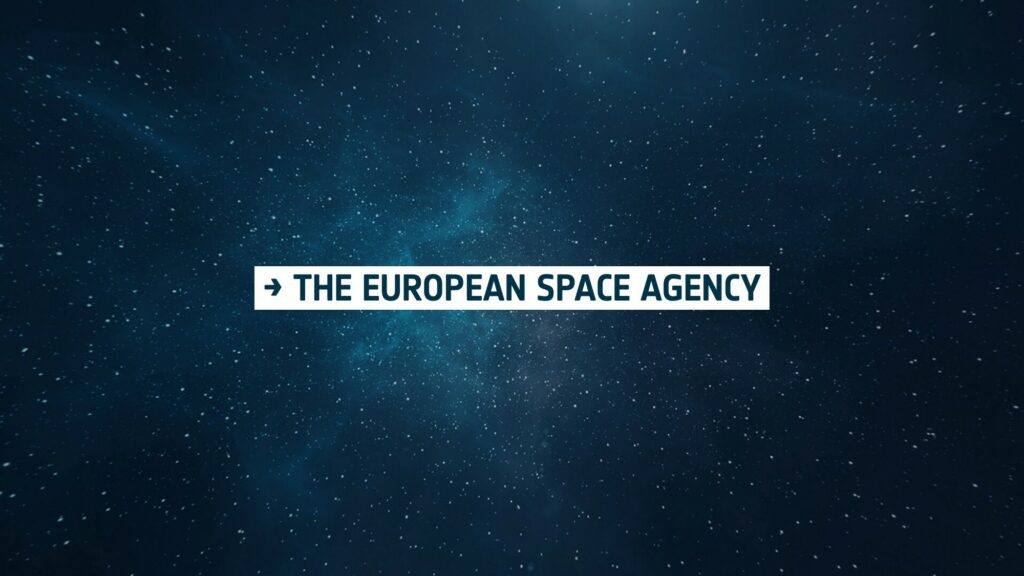Sustainability monitoring using space-derived data
After a year-long assessment process, Sust Global will be part of the ESA ARTES 4.0 Business application program, delivering the project, “Sustainability Monitoring of Commodities using Geospatial Analytics (SMOCGEO)”.

The right time is now
As we develop our capabilities in climate intelligence, we see the clear need for validation of projections from frontier climate models with reliable observations. Satellite-based observations of events and activities on the ground are valuable sources of reference for climate related hazards. However, in order to use data from satellite sources for data validation on physical climate risks across geographies and across different time scales, we need additional levels of processing.
Today, with ESA’s L2 mosaics and L3 data cubes, validation is more accessible than ever before. Multi-year reference datasets like the Urban Atlas and Land Cover Climate Change Initiative (LC-CCI) and processed, analysis-ready services built on top of ESA’s current datasets like the orthorectified L2 BOA reflectance product provide points of historic reference and active monitoring capabilities for verification of recent acute physical hazards.
In addition to these mature offerings, developed over a decade of research, and development within the earth observation community, we see increasing application from the emergence of new data sources, in particular, Sentinel-5p. Through the L3 emissions profiling datasets, orthorectified area-averaged time series of nitrogen dioxide, methane and sulphur dioxide emissions from industrial sources is now possible. Bringing together these visible, multi-spectral and emissions profiles will enable us to uniquely monitor the sustainability of industrial operations across the globe.
Using ESA’s services and datasets, we are able to validate and back test projections of frontier models and model ensembles across different climate scenarios. Such validation builds confidence and provides a measure of tolerance on our forward looking projections of climate hazards.
Sustainable monitoring for commodities
As a starting point for designing and developing sustainability benchmarks, the project will start with exploring source sites for metal commodities. We find operations in metal commodities uniquely interesting for the following reasons:
Long time horizons: Metal commodities operations span months, years and very often decades. The footprint of acute physical hazards like fires and floods coupled with chronic peril like heatwaves and droughts have direct impacts to mining and metal supply chain operations.
Large sizes: Mining sites often span large spatial footprints and their supply chains are global.
Isolated sources: Mining operations are often in remote locations limiting accessibility and relief efforts at times of acute physical hazards. This allows for clear emissions monitoring.
Sustainability outcomes
The project aims to explore the following:
Climate Model validation: Validation and backtesting of physical risk from climate change across multiple climate scenarios
Metrics refinement: Define sustainability metrics derived from a combination of earth observation, emissions monitoring and projections from frontier climate models
Summarized reporting: Heat mapping of high risk nodes of operation within the supply chain of commodities with exposure to extreme climate peril
Alerting and notifications: Near real time alerting based on near term climate risks and emissions exceeding thresholds validated using earth observation data
Through past and existing efforts like EO4SD, ESA has supported and pioneered the use of EO for sustainable development. SMOCGEO will innovate on the next wave of such vertical focused applications by bringing together the space derived observations with data from frontier climate science for global sustainability monitoring.